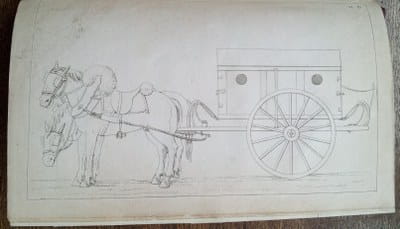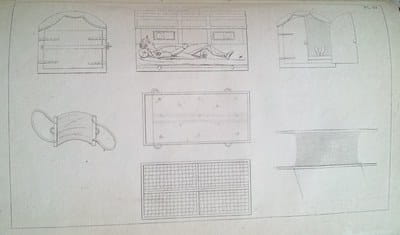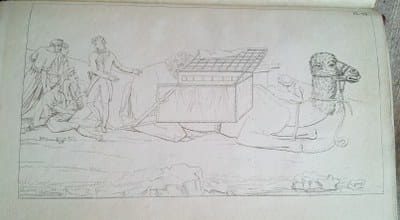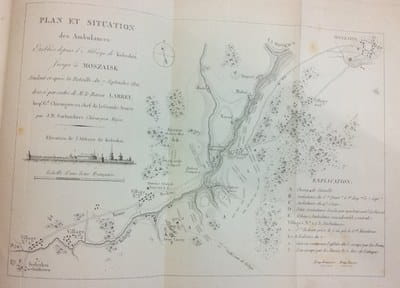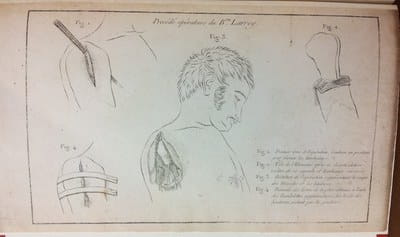Dominique Jean Larrey – Surgeon in Chief of Napoleon’s Armies
18 Jun 2015
Steffi Sams
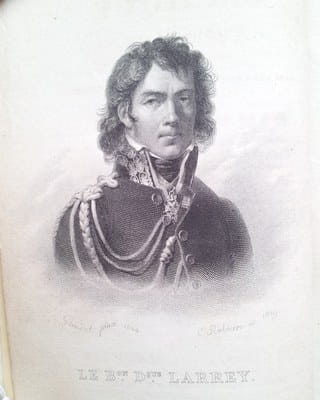
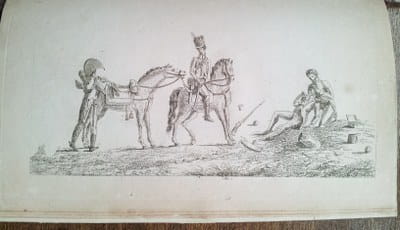
Larrey also developed the concept of triage – whereby the injured would be treated according to the severity of their injuries rather than their military rank. He was a great believer in early and fast amputation to save patient’s lives and in the Battle of Borodino he reportedly performed 200 amputations in 24 hours. He was also the first to describe the therapeutic effects of maggots on open wounds.
At the age of 28 he was appointed Professor of Anatomy and Operative Surgery at the new Military Medical School of Val-de-Grâce. He earned the friendship of Napoleon, but he also earned the respect of enemies due to his humane treatment of wounded enemy soldiers. At the battle of Waterloo, on 18th June 1815, he was injured himself, left for dead and then captured by Prussian soldiers. Sentenced to death, he was luckily recognised by a German physician who had been attending his lectures in Berlin. He was brought before General Blücher who immediately pardoned him because some years previously he had saved the life of the general’s son.
Larrey later became medical director of the veterans’ hospital ‘Hotel des Invalides’ and died in 1842, aged 74. To this day he is regarded as one of the fathers of military surgery.
We have a number of Larrey’s books in the RCS Library, amongst them Relation Historique et Chirurgicale de l’Expédition de l’Armée d’Orient, en Egypte et en Syrie, published in Paris in 1803, which he dedicated to First Consul Bonaparte:
For the special care he took with our wounded, in our campaigns in Egypt and Syria, and the kindness he showed to me.
Steffi Sams, Information Services Manager

